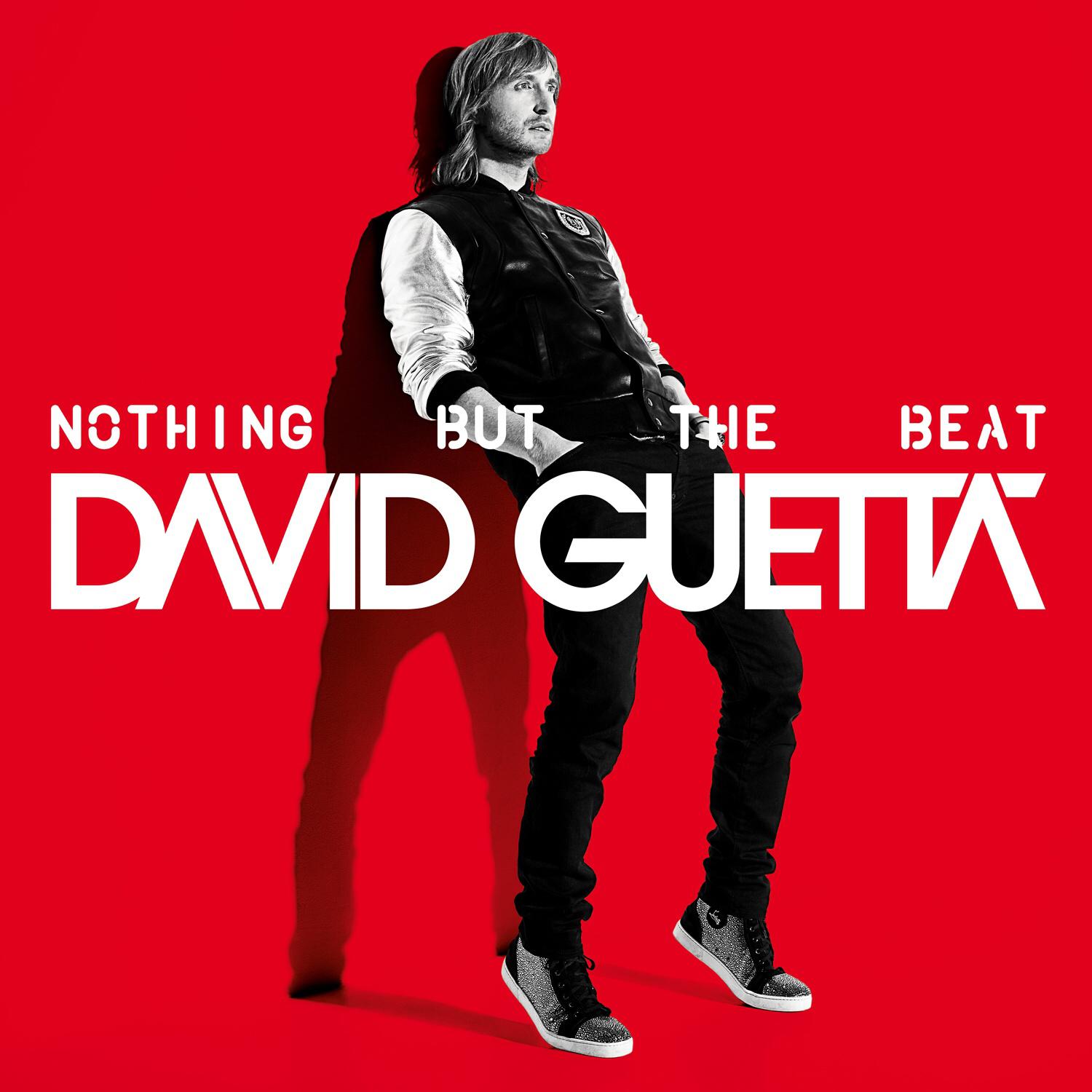The Ultimate Guide to Cat Pose Yoga NYT: Mastering Your Practice with Insights from The New York Times
Guide or Summary:Cat Pose Yoga, also known as Marjaryasana in Sanskrit, is a fundamental yoga posture that offers numerous benefits for both beginners and a……
Guide or Summary:
- Cat Pose Yoga, also known as Marjaryasana in Sanskrit, is a fundamental yoga posture that offers numerous benefits for both beginners and advanced practitioners. This pose is often incorporated into yoga sequences to warm up the spine, improve flexibility, and relieve tension. In this comprehensive guide, we will delve into the intricacies of Cat Pose Yoga and explore how insights from NYT (The New York Times) can enhance your practice.
- NYT also highlights the role of yoga in enhancing physical health. Regular practice of Cat Pose Yoga can alleviate chronic back pain, improve digestion, and boost circulation. The gentle stretching and strengthening of the muscles support the body's natural healing processes.
- Cat Pose Yoga is a versatile and accessible posture that offers a multitude of benefits for the mind and body. By incorporating insights from NYT, you can deepen your understanding and practice of this pose, leading to improved physical and mental well-being. Whether you are a seasoned yogi or a beginner, integrating Cat Pose Yoga into your routine can help you achieve a healthier, more balanced life. So, roll out your mat and start exploring the transformative power of Cat Pose Yoga today!
Cat Pose Yoga, also known as Marjaryasana in Sanskrit, is a fundamental yoga posture that offers numerous benefits for both beginners and advanced practitioners. This pose is often incorporated into yoga sequences to warm up the spine, improve flexibility, and relieve tension. In this comprehensive guide, we will delve into the intricacies of Cat Pose Yoga and explore how insights from NYT (The New York Times) can enhance your practice.
### Understanding Cat Pose Yoga
The Cat Pose Yoga is a gentle, flowing movement that stretches the back, neck, and torso. To perform this pose, start on your hands and knees in a tabletop position. Ensure that your wrists are directly under your shoulders and your knees are under your hips. As you inhale, arch your back, dropping your belly towards the mat, and lift your head and tailbone towards the ceiling. This is the "Cow Pose" or Bitilasana. As you exhale, round your spine towards the ceiling, tucking your chin to your chest and drawing your belly button towards your spine. This is the "Cat Pose" or Marjaryasana.
### Benefits of Cat Pose Yoga
1. **Spinal Flexibility**: Regular practice of Cat Pose Yoga helps increase the flexibility of the spine, making it more resilient to injuries and stiffness.

2. **Stress Relief**: The rhythmic movement between Cat and Cow poses helps release tension in the back and neck, promoting relaxation and stress relief.
3. **Core Strengthening**: Engaging the abdominal muscles during the transition between poses strengthens the core, which is essential for overall stability and balance.
4. **Improved Posture**: By enhancing spinal mobility and core strength, Cat Pose Yoga contributes to better posture and alignment.
### Insights from NYT on Cat Pose Yoga

The New York Times has published several articles emphasizing the importance of incorporating yoga into daily routines for overall well-being. According to NYT, yoga, including poses like Cat Pose Yoga, can significantly improve mental health by reducing anxiety and depression. The mindful movement and breathwork involved in yoga stimulate the parasympathetic nervous system, which helps calm the mind and body.
NYT also highlights the role of yoga in enhancing physical health. Regular practice of Cat Pose Yoga can alleviate chronic back pain, improve digestion, and boost circulation. The gentle stretching and strengthening of the muscles support the body's natural healing processes.
### Tips for Mastering Cat Pose Yoga
1. **Focus on Breath**: Synchronize your breath with your movements. Inhale deeply as you move into Cow Pose and exhale fully as you transition into Cat Pose. This will enhance the flow and effectiveness of the pose.
2. **Engage Your Core**: Keep your abdominal muscles engaged throughout the sequence to protect your lower back and maximize the benefits of the pose.

3. **Move Slowly**: Take your time with each transition, allowing your spine to move fluidly and without strain. This will help you maintain proper alignment and prevent injuries.
4. **Listen to Your Body**: Pay attention to how your body feels during the pose. If you experience any discomfort or pain, modify the pose or take a break.
### Conclusion